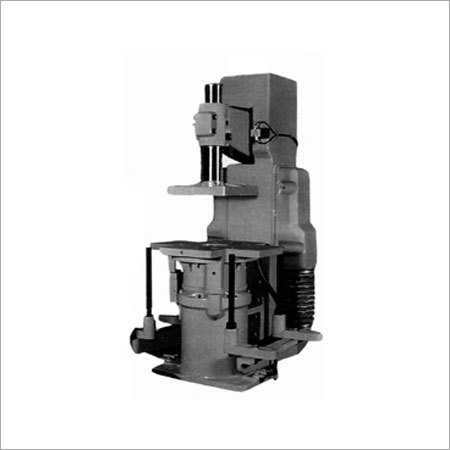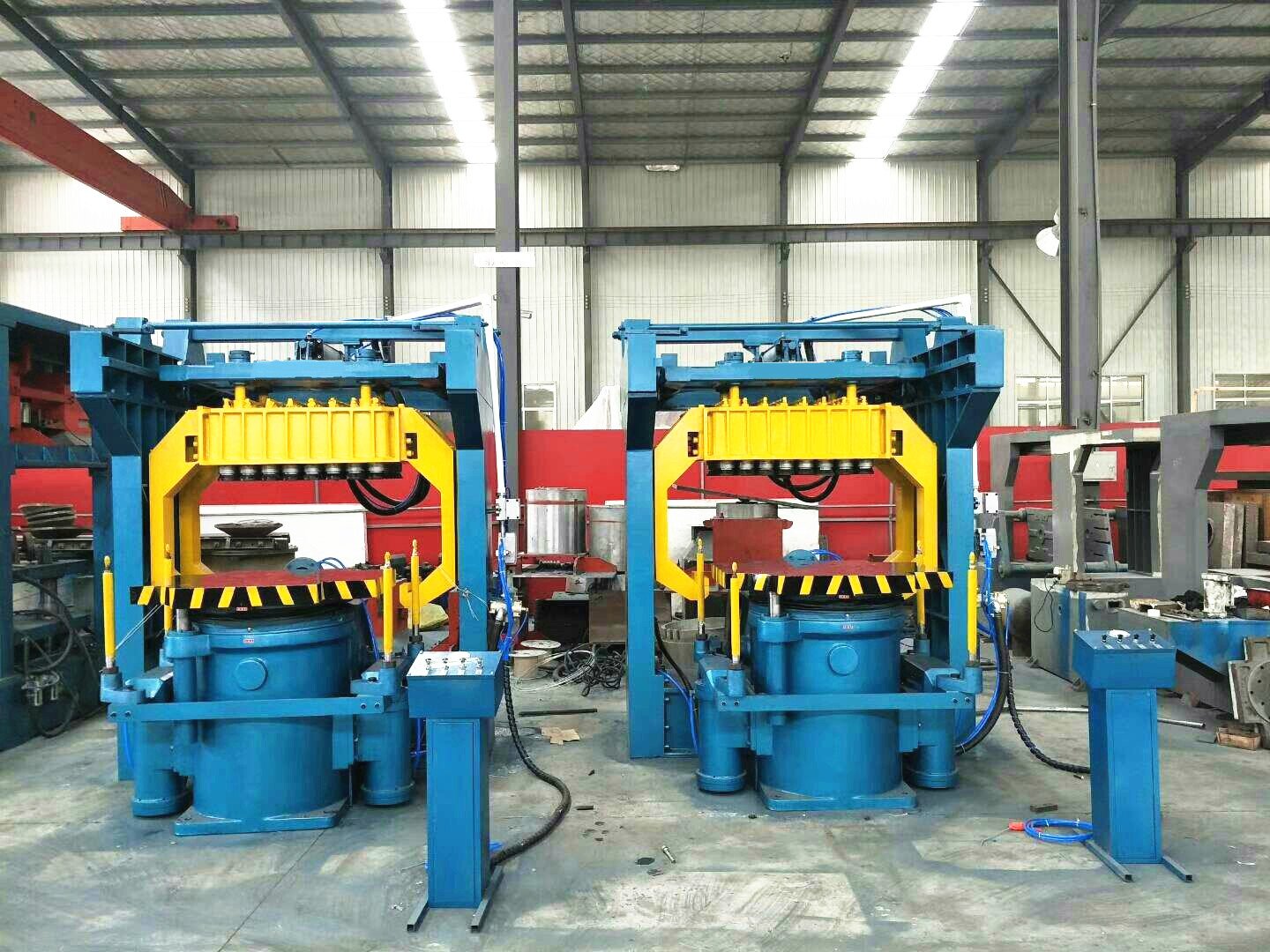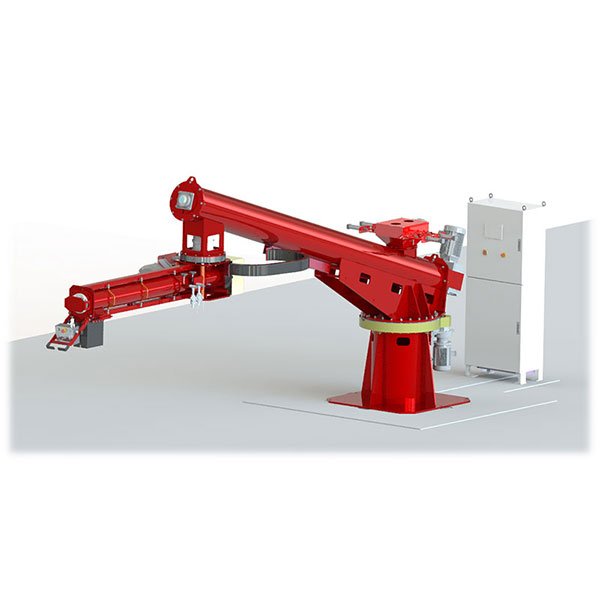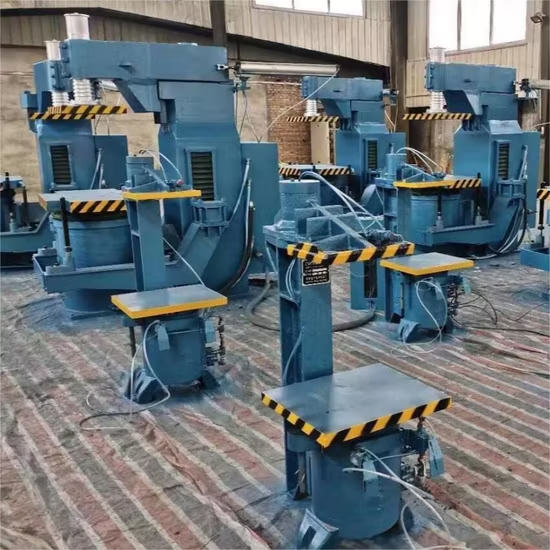Poor casting quality often starts long before metal hits the mold—getting the resin-to-sand ratio wrong can cost you strength, accuracy, and money.
Optimizing the resin-to-sand ratio is key to producing strong, accurate, and defect-free castings—while controlling gas evolution, surface finish, and cost.
In this guide, I’ll break down what the resin-to-sand ratio is, why it matters, how to calculate it, and how we at Hitech-China help customers fine-tune it to meet real-world casting demands.
What Is the Resin-to-Sand Ratio in Casting?
Understanding this ratio is the first step toward smarter casting. Misunderstand it, and even the best resins won’t save your process.
The resin-to-sand ratio refers to the percentage of binder resin relative to sand weight in bonded sand systems—usually expressed in percent by weight.

In resin-bonded sand casting, resin acts as a chemical binder that hardens the sand into a mold or core. Too little resin leads to weak molds; too much, and you risk excessive gas evolution and cost waste.
Common Resin Types and Their Use Cases
| Resin Type | Application Area | Key Properties |
|---|---|---|
| Furan Resin | Iron castings, large molds | Acid-catalyzed, low gas, strong bond |
| Phenolic Resin | Steel casting, high heat applications | High temperature resistance |
| PUCB (Cold Box) | High-volume precision cores | Fast curing, excellent dimensionality |
In most of our foundry projects, we begin with a default 1.2% to 1.4% resin ratio by sand weight, adjusting based on performance and defect analysis.
Why Optimizing Resin-to-Sand Ratio Matters
I’ve seen molds collapse due to weak resin content and others explode from trapped gas due to resin overload.
Getting this ratio right ensures mold strength, cleaner surfaces, fewer defects, and better overall casting performance.
Key Effects of Resin Ratio on Casting Performance
| Performance Factor | Too Low Resin | Too High Resin |
|---|---|---|
| Mold/Core Strength | Cracking, breakage | Harder molds, excess brittleness |
| Surface Finish | Rough, sand sticking | Glossy but gas-prone |
| Gas Defects | Moderate | Severe blowholes or pinholes |
| Casting Accuracy | Low dimensional stability | Slight distortion from overbake |
| Cost Impact | Low upfront cost | High resin waste, increased scrap |
Balancing these factors is essential. One German customer reduced their defect rate by 22% after adjusting resin down from 1.8% to 1.3% and switching to a finer grain distribution.
Factors That Influence the Ideal Resin-to-Sand Ratio
It’s never just about numbers on paper—materials and environment change the game.
The ideal ratio depends on resin type, sand properties, catalyst, environmental conditions, casting metal, and mold complexity.

Critical Variables to Monitor
- Resin Type & Catalyst: Furan and phenolic systems cure differently—adjust dosage accordingly.
- Sand Grain Shape/Size: Coarse, angular sands need more resin to fill voids; spherical sands require less.
- Ambient Temperature/Humidity: High humidity can slow or prevent proper curing.
- Casting Metal & Pouring Temp: Higher pouring temperatures generate more gas—especially critical for steel.
- Mold/Core Design Complexity: Intricate cores may need higher strength, thus more resin.
At Hitech-China, we often run calibration tests for clients based on their local climate and metal alloy to tailor exact resin dosing curves.
Step-by-Step Guide to Optimizing Resin-to-Sand Ratio
Optimizing isn’t guesswork. It’s a controlled testing loop that leads to long-term stability and casting consistency.
Start with supplier recommendations, run batch tests, and use measurable criteria like strength, finish, and defect rate to find the optimal ratio.
Optimization Process
Set a Starting Point
Use supplier’s ratio as your baseline (e.g., 1.2–1.4% by weight).Trial Mix Batches
Prepare test molds with resin levels ranging ±0.2% around baseline.Test for Strength
Use tensile/compression tests on cured molds to measure mechanical performance.Inspect Castings
Pour sample parts and check for gas holes, veining, and surface finish.Analyze Cost vs. Performance
Identify the lowest effective ratio that still meets quality targets.
One of our automotive clients found that reducing resin by 0.3% saved them over $8,000/month in material costs—without affecting quality.
Recommended Resin-to-Sand Ratio Ranges (By Resin Type)
Different resins behave differently. Here’s what I recommend based on field experience and lab data.

Use the following ranges as starting points, then refine based on your material and process conditions.
| Resin Type | Typical Ratio (% by sand weight) | Application Notes |
|---|---|---|
| Furan | 1.2% – 1.6% | Best for iron/steel; low gas evolution |
| Phenolic | 1.4% – 1.8% | Heat-resistant, good for steel alloys |
| PUCB | 0.9% – 1.3% (with gas catalyst) | Fast-curing, tight dimensional tolerance |
Phenolic systems often tolerate higher temperatures but require tight catalyst control. PUCB is fantastic for core shops but needs strict humidity management.
Common Mistakes in Adjusting Resin-to-Sand Ratio
Over the years, I’ve seen customers pour money into their molds—literally—by overdosing resin or ignoring their sand’s quality.
Excess resin wastes money and causes defects; too little causes breakdowns. Sand quality, mixing time, and catalyst compatibility are often overlooked.
Frequent Mistakes
- Overestimating Strength Needs: Adding more resin “just in case” causes blowholes and burns.
- Underestimating Sand Moisture: Damp sand affects curing and raises gas evolution.
- Ignoring Catalyst Compatibility: Not all catalysts work across resin types.
- Inconsistent Mixing Times: Poor dispersion causes streaks and soft spots.
- Skipping Trial Casts: You can’t optimize what you don’t test.
I always recommend customers install a moisture meter and maintain real-time logbooks of all batches.
Testing Methods to Evaluate Resin-to-Sand Performance
A good casting starts in the lab. If you’re not testing, you’re guessing.
Use mechanical and thermal testing to validate resin-to-sand ratios before scaling up production.

Key Tests to Perform
| Test Type | What It Measures |
|---|---|
| Tensile/Compression Test | Mold/core mechanical strength |
| Permeability Test | Gas flow through the bonded sand |
| Gas Evolution Test | Volume and timing of gas release |
| Visual Inspection | Surface defects, shrinkage, veining |
| Dimensional Accuracy | Precision compared to pattern |
| Cost Analysis | Resin per mold vs. yield improvement |
We’ve helped foundries install bench-scale testing setups to simulate production behavior without halting the main line.
Tips for Maintaining Consistency in Resin-to-Sand Ratios
Once you’ve dialed in the ratio, the next challenge is keeping it stable across batches, operators, and shifts.
Use automation, monitor quality in real-time, and train your team on SOPs to keep resin content consistent.
Operational Best Practices
- Use Automated Mixers: Avoid human error in dosing.
- Calibrate Equipment Regularly: Especially flow meters and resin injectors.
- Log Every Batch: Include temperature, resin batch ID, and moisture levels.
- Train Operators: SOPs should include ratio checks and visual confirmation.
- Audit Your Sand Supply: Fines, dust, or contamination can shift performance.
Many of our clients now connect their mixers to ERP systems for automatic ratio logging and defect tracking.
Conclusion
The resin-to-sand ratio is not a fixed number—it’s a performance variable that can make or break your casting operation.
Optimizing this ratio boosts strength, surface finish, and cost control—ongoing testing and quality monitoring are the keys to sustainable results.
For deeper technical support or customized equipment to stabilize your resin mixing process, feel free to explore our solutions at hitech-china.com







